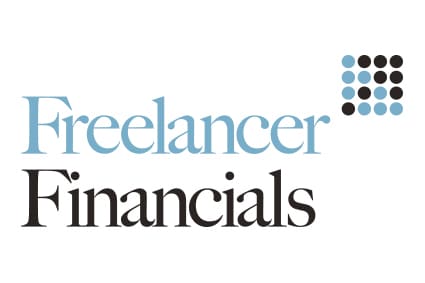Contractors wishing to wind up their company and distribute monies in excess of £25,0000, only have two weeks to take advantage of Extra-Statutory Concession (ESC) C16 before it becomes more restrictive from 1st March.
Earlier this month the House of Commons passed the Enactment of Extra-Statutory Concessions Order 2012, meaning that capital gains tax treatment will only apply to informal winding ups where total distributions do not exceed £25,000. After 1st March, companies will have to go down the route of a formal liquidation to ensure that such final payouts come within the realm of capital gains tax rather than income tax. A formal liquidation however can be expensive.
According to the Institute of Chartered Accountants of England & Wales (ICAEW) and confirmed by HMRC, there are many businesses trying to beat the 1st March deadline.
Distributions before 1st March
The ICAEW has said that it has received confirmation from HMRC that provided a person has written to HMRC and provided the required assurances and they make the distribution in February, then the fact that they do not hear from HMRC before doing so does not matter. This will be enough to ensure that ESC C16 applies without limitation. The assurances that have to be given to HMRC include:
The company:
- does not intend to trade or carry on business in the future; and
- intends to collect its debts, pay off its creditors and distribute any balance of its assets to its shareholders (or already has done so); and
- intends to seek or accept striking off and dissolution.
The company and its shareholders agree that:
- they will supply such information as is necessary to determine, and will pay, any corporation tax liability on income or capital gains; and
- the shareholders will pay any capital gains tax liability (or corporation tax in the case of a corporate shareholder) in respect of any amount distributed to them in cash or otherwise as if the distributions had been made during a winding-up.
Distributions Pre and Post 1st March
If the assets are not yet in cash then it should be possible to make a distribution in specie (distribution of asset in its present form) and still fall within ESC C16.
Where a part distribution is made before 1st March with the remainder of the company’s assets distributed after that date, HMRC’s view is that in determining whether or not the £25,000 limit is exceeded and therefore liable to income tax, then interim distributions made before that date have to be taken into account. The ICAEW, however, disagree as the new rules state that only distributions made on or after 1st March are affected and their interpretation has been informally supported by barrister’s chambers. For the time being though, where a distribution is made after 1st March which is less than £25,000 but coupled with earlier distributions then breach that limit, then they will have to take a decision as to whether to disclose that subsequent distribution(s) on their tax return as being liable to capital gains or income tax.





Does anybody have any advice on whether it is possible to do this but for the directors to resume trading under a different company?
Whilst this is possible you need to consider other implications such as you will reset the clock for Entrepreneurs Relief & also erode some of the lifetime limit, incur set up costs of the new company etc. If you have an accountant then I would suggest you discuss this with them first to ensure this is a beneficial strategy for you.
If you borrow by having a lender that isn’t respected or
legit, this could get you in much more serious financial trouble, which you desire to avoid.
Check out my site – http://paydayloansonline.help/ (konstantinosadamos.com: http://konstantinosadamos.com/?option=com_k2&view=itemlist&task=user&id=11328)